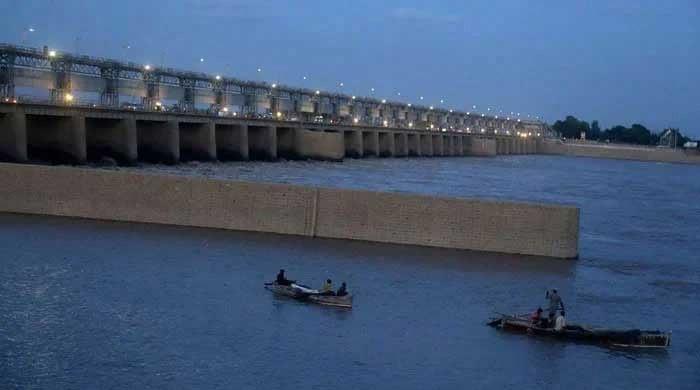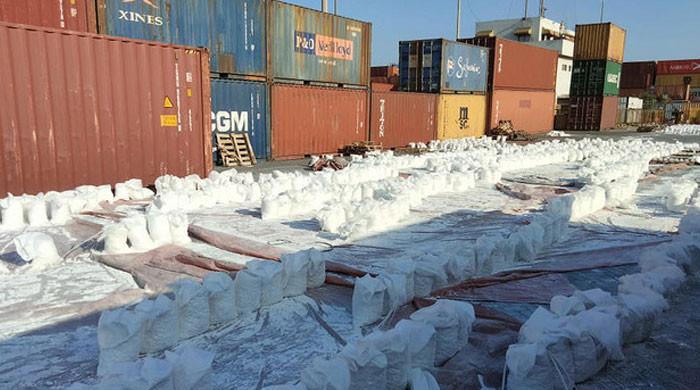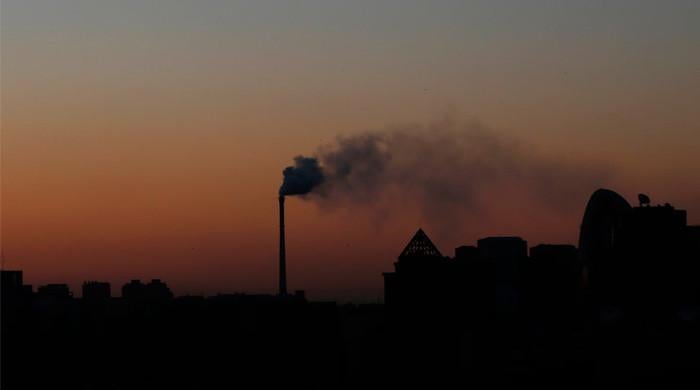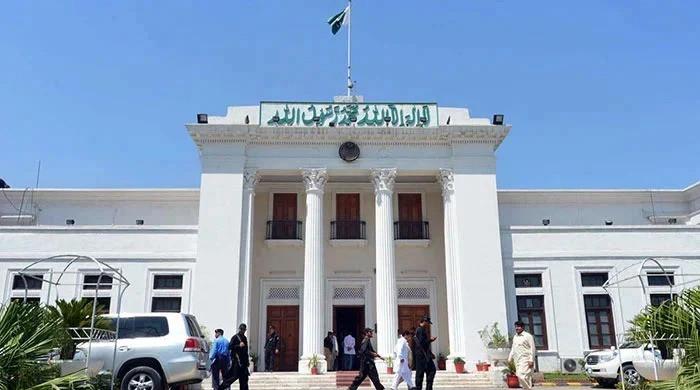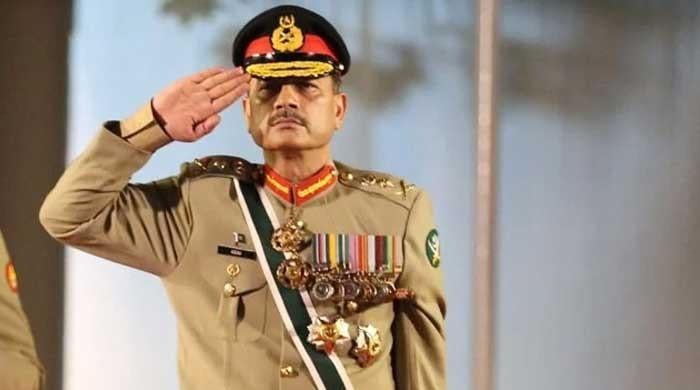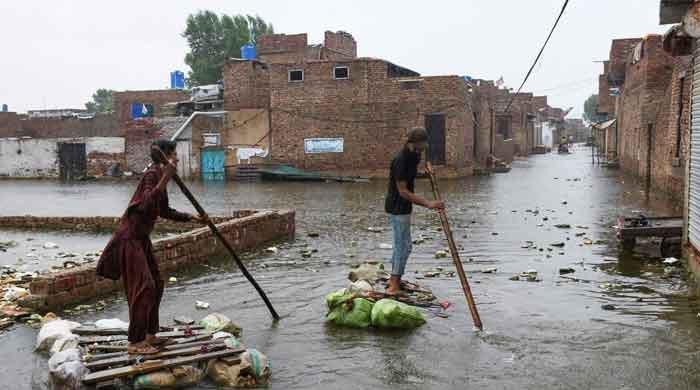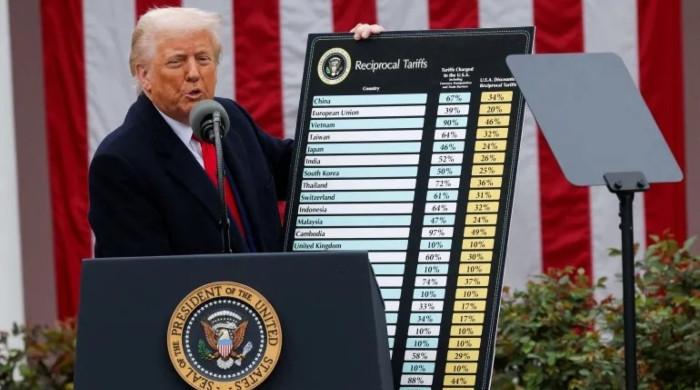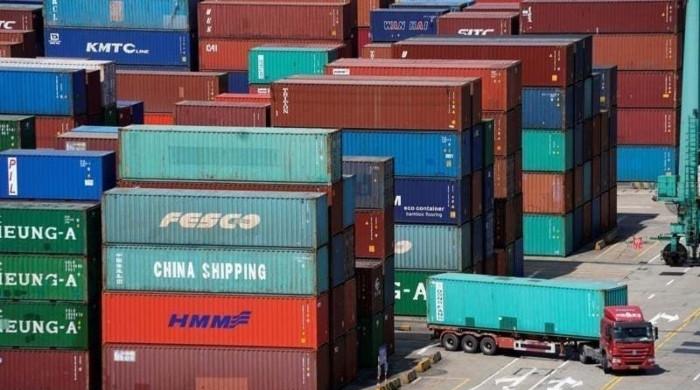Taliban's move, Trump's play
New US administration can be tough on Taliban, but it should be mindful of the fact that a lot has changed over the years
February 21, 2025
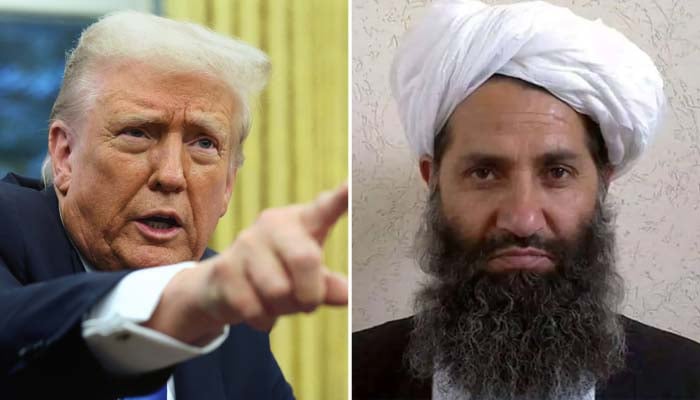
US President Donald Trump, during his first term, considered courting the Taliban leadership at Camp David. However, he called off those peace talks in the wake of a car explosion in which 12 people, including a US soldier, were killed. Since that incident in September 2019, both the Taliban and Washington have engaged extensively.
The Doha Accord and the subsequent withdrawal of US forces from Afghanistan underscore these interactions. From invasion to withdrawal, the US kept shifting its goals. However, on August 16, 2021, Joe Biden, the then US president, articulated a policy statement that could lay the foundation for Taliban recognition: “Our mission in Afghanistan was never supposed to have been nation-building. It was never supposed to be creating a unified, centralised democracy. Our only vital national interest in Afghanistan remains today what it has always been: preventing a terrorist attack on American soil.”
Back in the White House now, Trump has yet to spell out his Afghan strategy. Thus far, he has either blamed the Biden administration for the "catastrophic" US withdrawal from Afghanistan or bragged that he would not have ceded control of Bagram airbase, which, according to him, is currently under Chinese control. His stance reflects how closely he is watching developments since the US withdrawal from Afghanistan. Earlier, in a pre-inaugural press conference, Trump had said that he would have adopted a different withdrawal approach.
“We would have been out of Afghanistan with dignity and strength as opposed to looking like a bunch of fools with 13 dead and many, many badly, horrifically injured.
"Nobody ever talks about them — no arms, no legs. Nobody ever talks about them.
"The way they got out was outrageous, leaving billions of dollars of brand-new military equipment that I bought in the hands of the Afghans and specifically the Taliban,” Trump stated.
President Trump has also set conditions for the money allocated for Afghanistan.
“If we’re going to pay billions of dollars a year, tell them we’re not going to give them the money unless they give back our military equipment.”
Rhetoric aside, is it realistic for the US to retrieve all the equipment after three years of leaving a war-ravaged country? President Trump should blame his predecessor for leaving "$7 billion" worth of aircraft, ammunition, military vehicles, and other equipment behind in haste.
Since the Taliban understand President Trump very well, they are trying to play their cards tactfully. For instance, the Taliban released American prisoners Ryan Corbett and William McKenty a day before President Biden left office. Yet, they waited for Khan Mohammad, who was serving a life sentence on drug smuggling and extremism charges in California, to reach Kabul before releasing the two on January 21, 2025.
It gave the impression that the Taliban wanted to allow Trump to celebrate the homecoming of the two American citizens while simultaneously renewing communications with the Republican administration. However, it was strange that US Secretary of State Marco Rubio didn’t take advantage of the situation. Instead, Rubio remarked, "Just hearing the Taliban is holding more American hostages than has been reported. If this is true, we will have to immediately place a VERY BIG bounty on their top leaders —maybe even bigger than the one we had on bin Laden."
This direct blow drew a tit-for-tat response. The Taliban’s ambassador to Qatar, Suhail Shaheen, remarked, “In the face of pressure and aggression, the jihad (struggle) of the Afghan nation in recent decades is a lesson that everyone should learn from.”
The Trump administration also ignored another major development inside Afghanistan. A day before President Trump took the oath of office, Taliban Deputy Foreign Minister Sher Abbas Stanikzai openly blamed Taliban supreme leader Mullah Haibatullah Akhundzada for what he called dictating his version of Sharia. Addressing the graduation ceremony of a religious seminary in Khost, Stanikzai said, “We call on the leadership of the Islamic Emirate [Taliban] to make education accessible to everyone. There is no justification for denying this, just as there was no justification for it in the past, and there shouldn’t be one at all.”
Even in a democratic system, a minister would have thought twice before making such remarks about the Prime Minister or President of a country. Yet, Stanikzai challenged the supreme leader. In the same breath, he also defended the rights of women, saying, “Today, we are committing an injustice against 20 million people out of a total population of 40 million. We have stripped them of all their rights by closing the doors to schools and universities for them, giving them away as compensation in personal disputes, and preventing them from choosing their husbands.”
Stanikzai also advocated for developing ties with the West, including the United States. The deputy foreign minister said, “We hope that he [President Trump] takes positive steps forward. We will also come forth, God willing! We want to build good relations with the international community and Western countries.”
Will the calls of a relatively moderate Taliban government representative like Stanikzai fall on deaf ears? Many, including Stimson Center senior fellows Elizabeth Threlkeld and Elizabeth Zazycki, believe that the Trump administration will develop a standalone strategy for South Asia. And, “It would provide top-level policy guidance on all the countries in the region, including Pakistan and Afghanistan.” However, for the moment, there is no such plan on the table. The White House has not only antagonised the Taliban but also those who had sided with them during their 20-year presence in Afghanistan. Alarmingly, the Trump administration has suspended decisions on applications for refugee status for Afghans and also halted foreign aid.
According to Shawn VanDiverm, the founder of AfghanEvac, a volunteer-run, non-profit connecting organisations and people working to help honour US promises to Afghans, it could be a death sentence for some of the most vulnerable evacuees.
VanDiver estimates that there are 10,000 to 15,000 Afghans in Pakistan alone waiting for resettlement in the US. It would be strange if these Afghans, waiting for refugee status in the US, were left in countries like Pakistan, Qatar, or Albania. Not only are their lives at risk, but it also gives the impression that Washington has used them like tissue paper.
In a nutshell, the Trump administration can be tough on the Taliban, but it should be mindful of the fact that a lot has changed over the years. A stricter policy will only give China, Iran, and Russia more room for diplomatic manoeuvring in Afghanistan. It’s hard to believe that a MAGA (Make America Great Again) proponent President Trump would let that happen under his watch.
The author is Controller News at Geo News. He posts on X at @NasimHaider2 and can be reached at [email protected]




